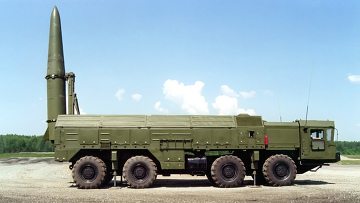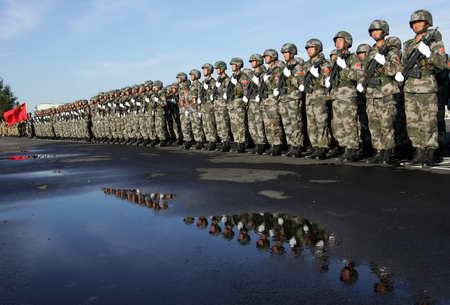On May 23, Russia successfully tested a new intercontinental long-range missile at the Plesetsk space center which is located in its northwestern Arkhangelsk region. According to Russia’s Defense Ministry, the missile’s dummy warhead landed on target at the Kura testing range on the Kamchatka peninsula.
The Intercontinental Ballistic Missile (ICBM) was fired from a mobile launcher by the Russian Missile and Space Forces.
The purpose of the launch was to test the missile’s new technical features, in particular its maneuverable warheads, says Vice President of the Academy of Defense and Security, Viktor Esin.
“These warheads have a variable and unpredictable flight trajectory, so they can defeat any interceptor missile system.”
Due to the new missile’s high velocity and a greater number of warheads it can carry, it is more effective at penetrating missile defense systems than any of its predecessors: for example, missiles carrying 10 warheads have a better penetration capacity than a single warhead missile, so our engineers have designed a missile which can carry multiple warheads.
Our defense experts have spent a lot of time on developing missiles that can penetrate any anti-missile shields, says the Komsomolskaya Pravda’s military observer Viktor Baranets.
“It is common knowledge that Russia has maneuvering ultrasonic warheads. Now our engineers are working on expanding the capacities of these warheads and adjusting the missiles to the new missile defence systems that the US and NATO intend to deploy in Europe by 2020. By carrying out the May 23 launch, we are preparing our response to US and NATO plans.”
Experts say that the new missile combines all the know-how of Russia’s Topol M, Yars and Bulava missiles and features improved technology for launching, calculating trajectories, maneuvering and hitting targets.











